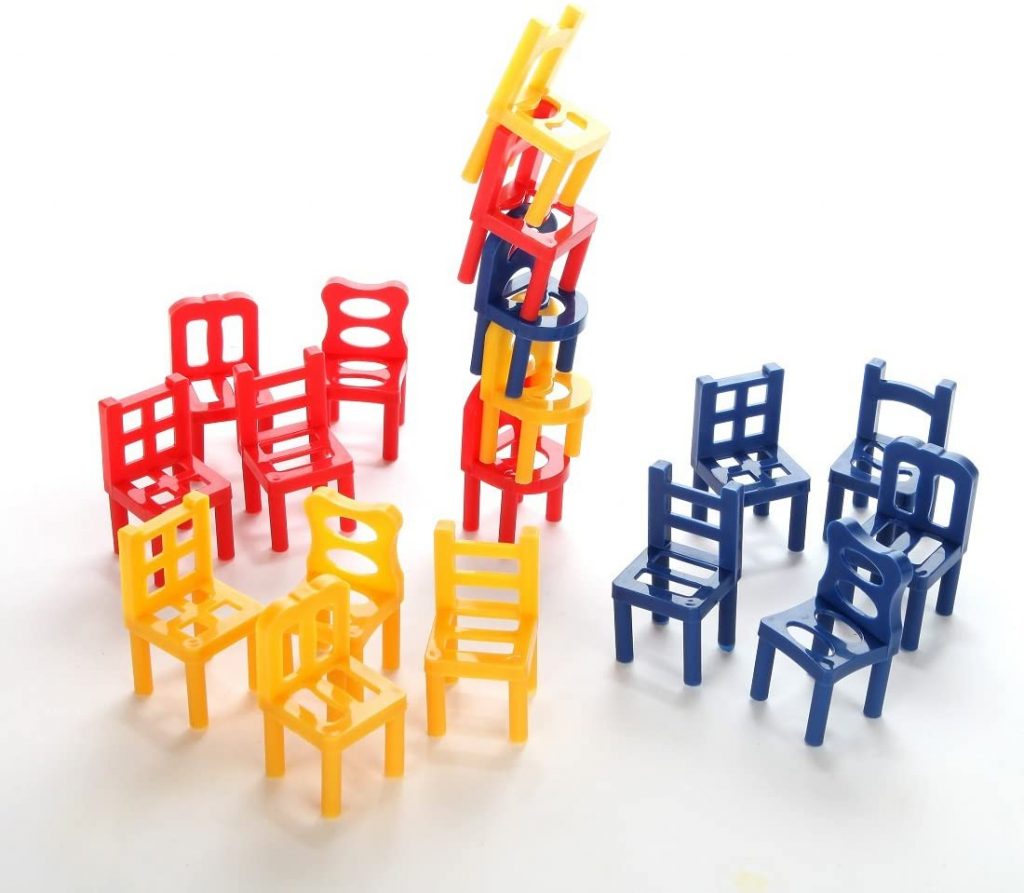SNAPP the SAR Fish
“SNAPP”, The Search and Rescue (SAR) Robotic fish is a fast-swimming robotic fish that strengthens the capacity of search and rescue operations, with unparalleled underwater mobility through its unique fish-like design. It provides floating support and towing capability in the absence of lifeguards. SNAPP currently holds the Guinness World Record for the fastest robotic fish at 2.3 m/s.
Drowning is the 3rd leading cause of injury and death. SNAPP’s potential as the fastest swimming robot in alleviating this issue is centralised on the golden rule of rescue: “In a drowning situation, timing is essential.”
Our team is currently working on enhancements to its design, taking into account SNAPP’s performance in turbulent waters, integration of communication devices, and improved buoyancy.
SNAPP the SAR Fish Read More »










